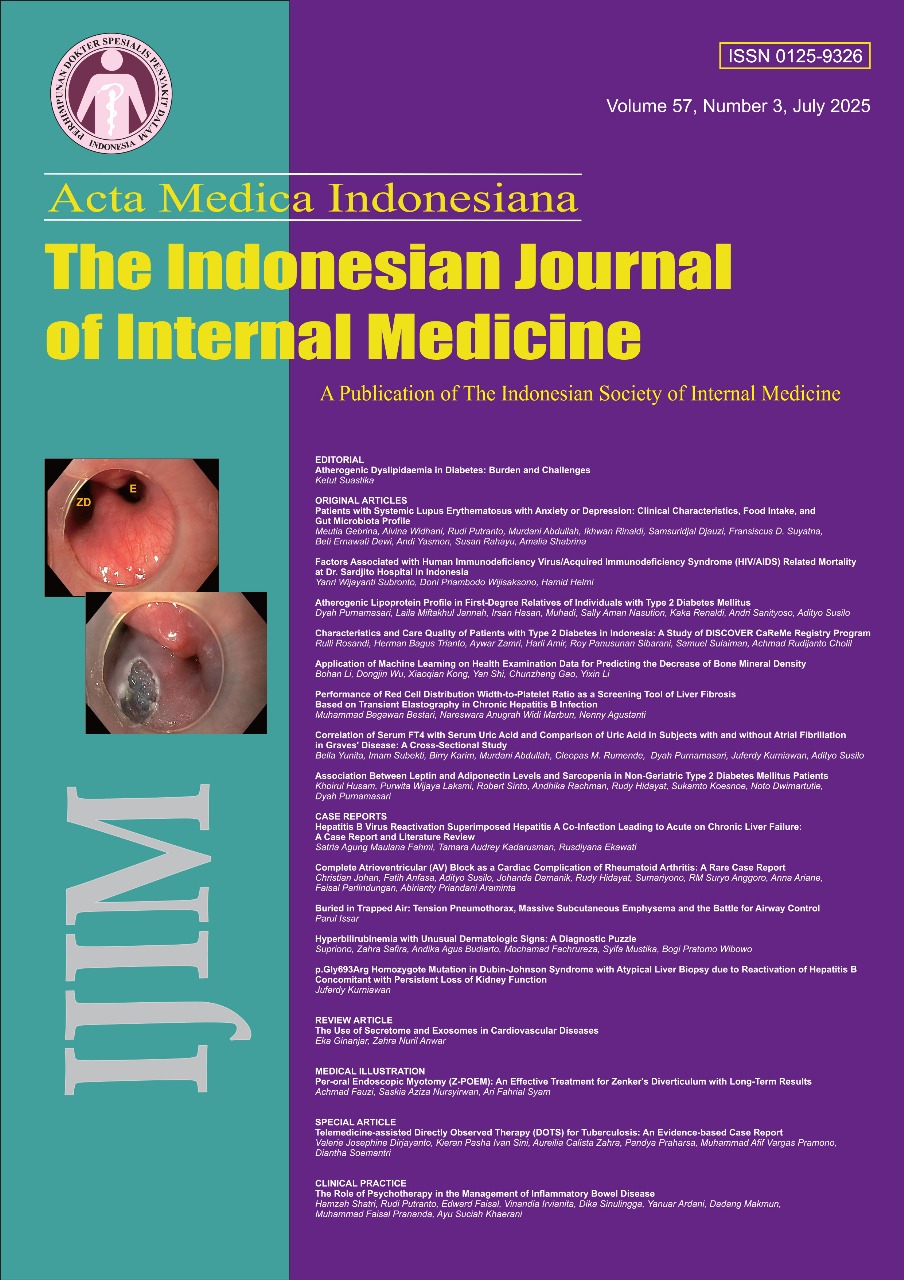Buried in Trapped Air: Tension Pneumothorax, Massive Subcutaneous Emphysema and the Battle for Airway Control
Keywords:
tension pneumothorax, massive subcutaneous emphysema, CPR, difficult intubationAbstract
ABSTRACT: Background: Tension pneumothorax (TP) is defined as a pneumothorax in which the pressure of intrapleural air exceeds atmospheric pressure, producing adverse effects, including contralateral mediastinal shift associated with cardiovascular collapse, due to reduced venous return (because of compression of the SVC and IVC ) and hypoxia. Usually, patients with TP present to the Emergency Department with vague pleuritic chest pain and shortness of breath, but being considered a red flag it should be diagnosed during the primary assessment and managed promptly with large bore needle decompression followed by chest tube insertion. Presence of extensive subcutaneous emphysema (SCE) can further aggravate the respiratory distress and make the airway management even more challenging in the ER. Situation can become even worse when such a patient needs cardiopulmonary resuscitation on arrival.Case report: We report an unusual case of a 55 years old man, who presented in the ER with history of sudden onset respiratory distress while taking bath. Patient was brought to the ER in a state of gasping, hypoxia and shock . Needle decompression of the pneumothoraces was not sufficient as he also had extensive subcutaneous emphysema which resulted in cardiac arrest. The CPR and the airway management extremely were practically difficult. He was finally tracheostomised in the ER and accompanied by bilateral chest-tube thoracotomy. He was discharged for home after pleurodesis without any neurological deficit.Conclusion: Primary spontaneous pneumothorax is an uncommon condition but can rarely end up in tension pneumothorax and accompanying subcutaneous emphysema can make the management further challenging. Airway skills of the ER team are important in saving such patients’ lives.References
Selby CD, Sudlow MF. Deficiencies in the management of spontaneous pneumothoraces. Scot Med J 1994;39:75–6.
Kainat A, Ain N, Mukhtar N, Fitzpatrick M. Tension pneumothorax and subcutaneous emphysema - A rare cause of dysphagia in a patient with Marfan syndrome. Am J Respir Crit Care Med. 2023;207:A1540.
Sahoo NK, Singh S, Bhandari A. Early postoperative malignant subcutaneous emphysema: Report and review. J Maxillofac Oral Surg. 2017;16(1):85–9.
Jalota Sahota R, Sayad E. StatPearls [Internet]. Treasure Island (FL): StatPearls Publishing; 2022. Tension pneumothorax. [Updated 2022 Nov 28]
Lien WC, Yuan A, Tsai KC, et al. Primary spontaneous pneumothorax with clinical manifestation mimicking acute cholecystitis. J Emerg Med. 2004;26(3):354–6. doi: 10.1016/j.jemermed.2003.12.017.
Noppen M, De Keukeleire T. Pneumothorax. Respiration. 2008;76:121–7.
Nelson D, Porta C, Satterly S, Blair K, Johnson E, Inaba K, Martin M. Physiology and cardiovascular effect of severe tension pneumothorax in a porcine model. J Surg Res. 2013;184(1):450-7.
Aghajanzadeh M, Dehnadi A, Ebrahimi H, Karkan MF, Jahromi SK, Maafi AA, Gilda Aghajanzadeh. Classification and management of subcutaneous emphysema: a 10 year experience. Indian J Surg. 2015;77(2):673–7.
Ball CG, Ranson K, Dente CJ, et al. Clinical predictors of occult pneumothoraces in severely injured blunt polytrauma patients: a prospective observational study. Injury. 2008;40(1):44–7. doi: 10.1016/j.injury.2008.07.015.
Conetta R, Barman AA, Iakovou C, Masakayan RJ. Acute ventilatory failure from massive subcutaneous emphysema. Chest. 1993;10:978–80.
Murayama S, Gibo S. Spontaneous pneumomediastinum and Macklin effect: Overview and appearance on computed tomography. World J W J R Radiol. 2014;6(11):850–4.
Dubin I, Gelber M, Schattner A. Massive spontaneous subcutaneous emphysema. Am J Med. 2016;129(12):e337–8.
Gibney RT, Finnegan B, FitzGerald MX, V Lynch. Upper airway obstruction caused by massive subcutaneous emphysema. Intensive Care Medicine 1984; 10: 43–4.
Light RW. Pleural diseases. Dis Mon. 1992;38(5):266-331.
Beck PL, Heitman SJ, Mody CH. Simple construction of a subcutaneous catheter for treatment of severe subcutaneous emphysema. Chest. 2002;121:647–9.
Higgs A, McGrath BA, Goddard C, Rangasami J, Suntharalingam G, Gale R, Cook TM. Difficult airway society; Intensive care society; Faculty of Intensive Care Medicine; Royal College of Anaesthetists Guidelines for the management of tracheal intubation in critically ill adults. British Journal of Anaesthesia. 2018;120(2):323-52.
Henry M, Arnold T, Harvey J. Pleural diseases group, standards of care committee. British Thoracic Society. BTS guidelines for the management of spontaneous pneumothorax. Thorax. 2003; 58 Suppl 2(Suppl 2): 39-52.
Donahue DM, Wright CD, Viale G, Mathisen DJ. Resection of pulmonary blebs and pleurodesis for spontaneous pneumothorax. Chest. 1993;104:1767–9. [IIb].
Downloads
Published
How to Cite
Issue
Section
License
Copyright (c) 2025 Parul Issar

This work is licensed under a Creative Commons Attribution 4.0 International License.
Copyright
The authors who publish in this journal agree to the following requirements:
- Authors retain copyright and grant the journal right of first publication with the work simultaneously licensed under a Creative Commons Attribution 4.0 International License (CC BY 4.0) that allows others to share the work with an acknowledgement of the work's authorship and initial publication in this journal.
- Authors can enter into separate, additional contractual arrangements for the non-exclusive distribution of the journal's published version of the work (e.g., post it to an institutional repository or publish it in a book), with an acknowledgement of its initial publication in this journal.
- Authors are permitted and encouraged to post their work online (e.g., in institutional repositories or on their website) before and during the submission process, as it can lead to productive exchanges, as well as earlier and greater citation of published work. (See The Effect of Open Access)
Privacy Statement
The names and email addresses entered in this journal site will be used exclusively for the stated purposes of this journal and will not be made available for any other purpose or to any other party.




